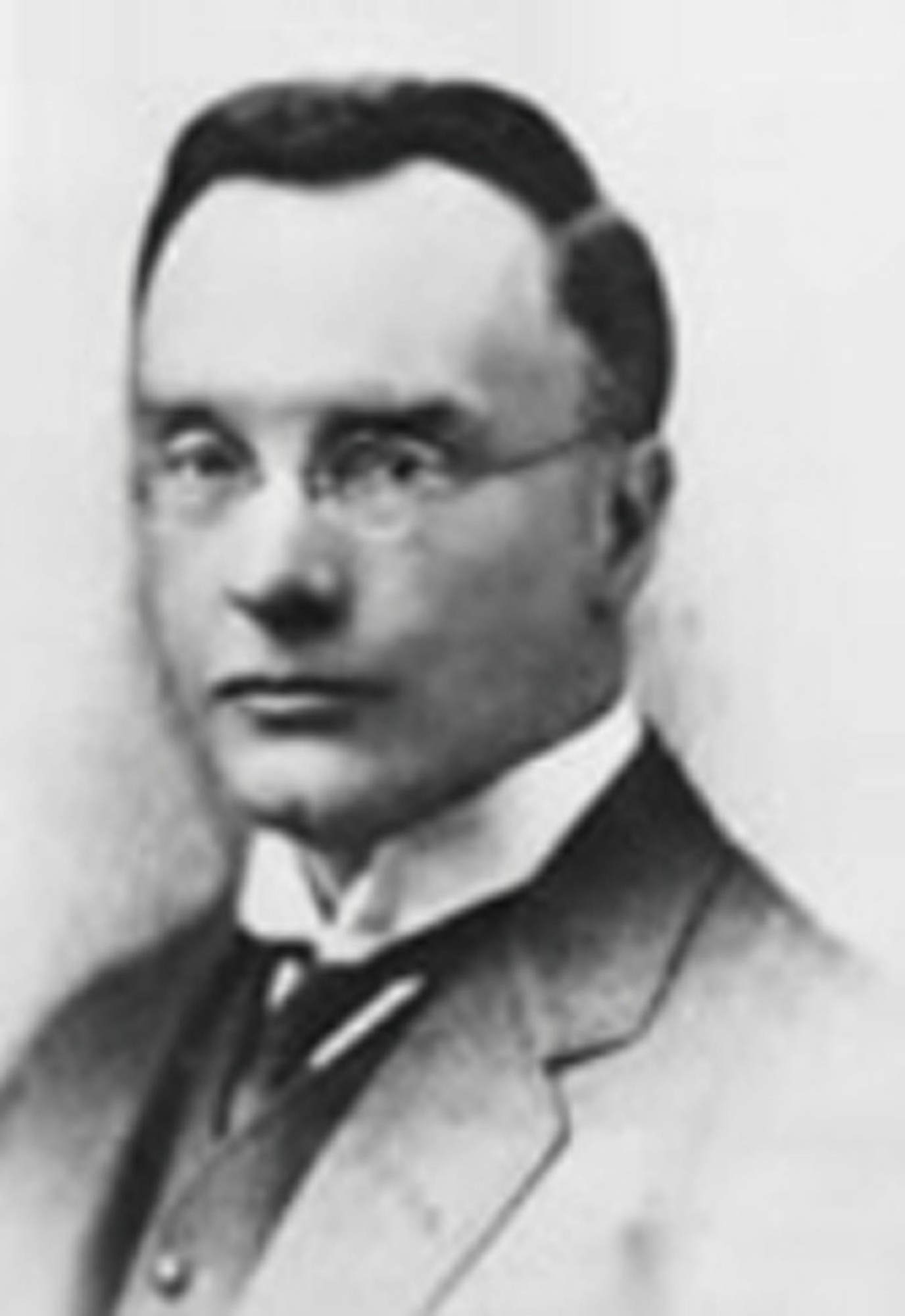 John William Dunbar Hooper, born in Dinapore, India in 1860, the eldest son of Sir William Roe Hooper, sometime Surgeon-General to the Indian Medical Service, was educated at Epsom England and studied medicine at Edinburgh, qualifying in 1883 as Licentiate of the Royal College of Physicians and the Royal College of Surgeons. After brief practice in Scotland he spent a year in India, then came to Australia, landing in 1886 with only £40 in his purse, a gift from his father.
John William Dunbar Hooper, born in Dinapore, India in 1860, the eldest son of Sir William Roe Hooper, sometime Surgeon-General to the Indian Medical Service, was educated at Epsom England and studied medicine at Edinburgh, qualifying in 1883 as Licentiate of the Royal College of Physicians and the Royal College of Surgeons. After brief practice in Scotland he spent a year in India, then came to Australia, landing in 1886 with only £40 in his purse, a gift from his father.
First acting as a locum for Dr. Hayden at Harrow in the Western District of Victoria, after a term as Resident Medical Office at the Women’s, Hooper set up practice in Collins Street where he remained until failing health compelled retirement in 1932, about two years before his death on 23rd November 1934, aged 74.
While Resident at the Women’s Hooper, a bachelor, charming personality and a great diplomat, is said to have captured the Ladies Committee. During this time, too, a new gynaecological era developed for the Hospital, with the appearance of Howard Kelly’s classic Volume "Diseases of Women". The Baltimore surgeon from John Hopkins Hospital set a new standard in surgical literature particularly with the beautiful illustrations.
The Victorian medical profession owed Dunbar Hooper much for his zealous efforts in their behalf. This was especially so in the four years (1917-1920) that he was Honorary Secretary of B.M.A. (Victorian Branch), a period of anxiety and contention, chiefly because of a dispute with the lodges.
He was a kindly, considerate doctor of the "family" type and it was for these traits, as much as for professional skill, that he became well-known and liked. Hooper had many interests, all of them directly concerned with medicine. The most spectacular was his enthusiastic advocacy of the Australian Aerial Medical Services (the flying doctor service). He was an original member of the Aerial Medical Services Advisory Committee of the Australian Inland Mission, formed in 1927 whose leading spirit was Rev. John Flynn. In this capacity Hooper was largely responsible for convincing the B.M.A. of the value of the flying doctor proposals, and for seeing that the organisation set up was founded on principles conforming to the highest ideals of the profession. The progress and development of this wonderful service to the people of the remote outback was the great passion of Dunbar Hooper in his last years and recognition of his work was the naming after him of two flying doctor planes.
Hooper was one of a band of enthusiasts who launched the Melbourne Post-graduate Committee in 1920, designed through intensive and practical courses of instruction to bring medical men who had served in the 1914-18 war abreast of up-to-date developments. He was also a member of the Committee appointed by the Council of the University of Melbourne to advise on the best methods of carrying out the wishes of the Edward Wilson Trust when it gave £10,000 to the University to endow research into the science of obstetrics, and he was amongst those who strongly advocated the appointment of a whole time professor in obstetrics in the University, the chair first filled with distinction by Dr. R. Marshall Allan.
Dunbar Hooper was long associated with the work on the Women’s Hospital, and he was for a period of 10 years a member of the Honorary staff. His work for the hospital merits remembrance chiefly for the great benefits conferred by the setting up of the Chair of Obstetrics, in the fruition of which it was generally agreed he had played the greatest part. A characteristic of the man was a passion for punctuality. In the early years of the motor car (he owned one of the first in Melbourne) Hooper carried this passion to the length of allowing twenty minutes on to a journey, in case of a puncture; a necessary precaution at the time.
It was while Hooper was medical adviser to the staff at Government House Melbourne that he met his future wife, a Swiss lady who had come with Sir Henry and Lady Loch as governess to their daughters. The wedding reception in 1888 was celebrated at Government House with Sir Henry Lock giving the bride away at Christ Church, South Yarra. Amongst the distinguished guests was the Grand Duke Alexander of Russia. But it must not be thought that uppercrust social activities played any part of importance in Hooper’s long life. He was wrapped up in the profession, and by his colleagues was held in high respect and affection.
In 1924 he was President of the Victorian Branch of the B.M.A. and in 1927 President of the Section of Obstetrics and Gynaecology at the Australasian Medical Congress in Dunedin. He was physician to the Presbyterian Ladies College for 25 years, and medical adviser to the E.S.A. Bank and Bank of Australasia.
In an obituary memoir in the "Medical Journal of Australia", Dunbar Hooper was described as a loyal, upright and unselfish friend; there can surely be no finer tribute to one who, for all his 49 years in Australia, was proud to call himself at heart an Englishman.
Last updated 28 February 2025
Main sources: “A Tribute to Australian Christians” and C. Macdonald, "The Book of Remembrance", The Royal Women's Hospital, Melbourne, 1956.
